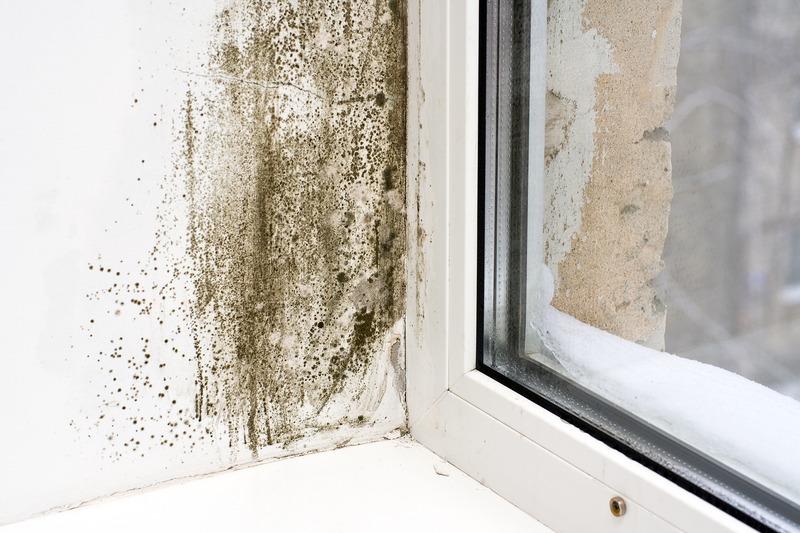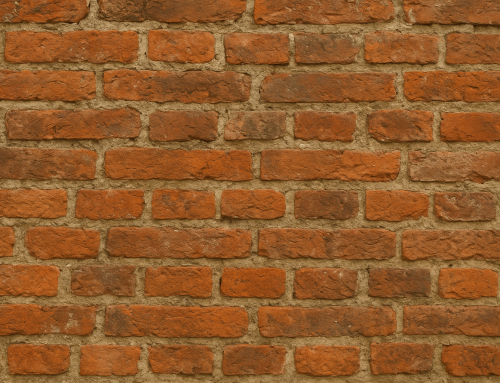Damp is one of the most common issues in UK homes, particularly in older properties. Left untreated, it can cause structural damage, health issues, and significant repair costs. At UK Restorations, with over 25 years’ experience in brick and stone restoration, we’ve helped countless homeowners identify and resolve damp problems before they escalate.
This guide will show you the early signs of damp, the different types, and what you can do about it.
Why Spotting Damp Early Matters
-
Prevents long-term damage: Moisture weakens mortar, timber, and plaster over time.
-
Protects your health: Damp environments encourage mould growth, which can trigger asthma and allergies.
-
Saves money: Early intervention is always more cost-effective than structural repairs.
Common Signs of Damp in Your Home
Here are the main indicators homeowners should look for:
-
Visible Patches on Walls
-
Yellow, brown, or dark stains that spread over time.
-
Paint or wallpaper that peels or bubbles.
-
-
Musty Smell
-
A damp, earthy odour is often the first clue — even before you see visible damage.
-
-
Condensation on Windows & Walls
-
Frequent condensation can signal excess moisture inside.
-
-
Mould Growth
-
Black mould around skirting boards, ceilings, or window frames is a tell-tale sign.
-
-
Cold or Clammy Walls
-
Internal walls that feel unusually cold may indicate penetrating damp.
-
-
Damaged Plaster & Mortar
-
Crumbling mortar joints, salt deposits, or powdery plaster can suggest rising damp.
-
Types of Damp and How to Identify Them
-
Condensation
-
Signs: Water droplets on windows, black mould in bathrooms or kitchens.
-
Cause: Poor ventilation combined with excess moisture (cooking, showers, drying clothes indoors).
-
-
Penetrating Damp
-
Signs: Localised damp patches on walls or ceilings, often worsening after rain.
-
Cause: Faulty brickwork, defective guttering, or damaged pointing allowing water in.
-
-
Rising Damp
-
Signs: Tide marks up to 1m high, salt deposits, and crumbling skirting boards.
-
Cause: Moisture rising through masonry due to failed or missing damp-proof courses.
-
What to Do If You Spot Damp
-
Improve ventilation – Use extractor fans, dehumidifiers, and air bricks.
-
Check your brickwork & pointing – Damaged or missing mortar joints often let water in.
-
Inspect gutters & downpipes – Blockages can channel rainwater directly into your walls.
-
Seek expert advice – A professional restoration team can identify whether damp is caused by condensation, rising moisture, or structural issues.
How UK Restorations Can Help
At UK Restorations, we specialise in brick repointing, stone restoration, and damp-proofing solutions. Our expertise ensures that problems are addressed at the root, whether through:
-
Repairing damaged brickwork and mortar.
-
Applying breathable lime mortar to allow moisture to escape.
-
Cleaning and restoring masonry affected by damp.
-
Preventative maintenance to protect your home long-term.
Explore our Expert Restoration Services for more details.
Key Takeaways
-
Damp is common in UK homes but can be managed effectively with early detection.
-
Look out for stains, smells, mould, and damaged plaster or mortar.
-
Understand whether your issue is condensation, penetrating damp, or rising damp.
-
Professional restoration is often the safest and most cost-effective long-term solution.
Need Help?
If you suspect damp in your home, don’t wait until it causes lasting damage. Get in touch with our team.
Visit our Contact Page or call us today.




